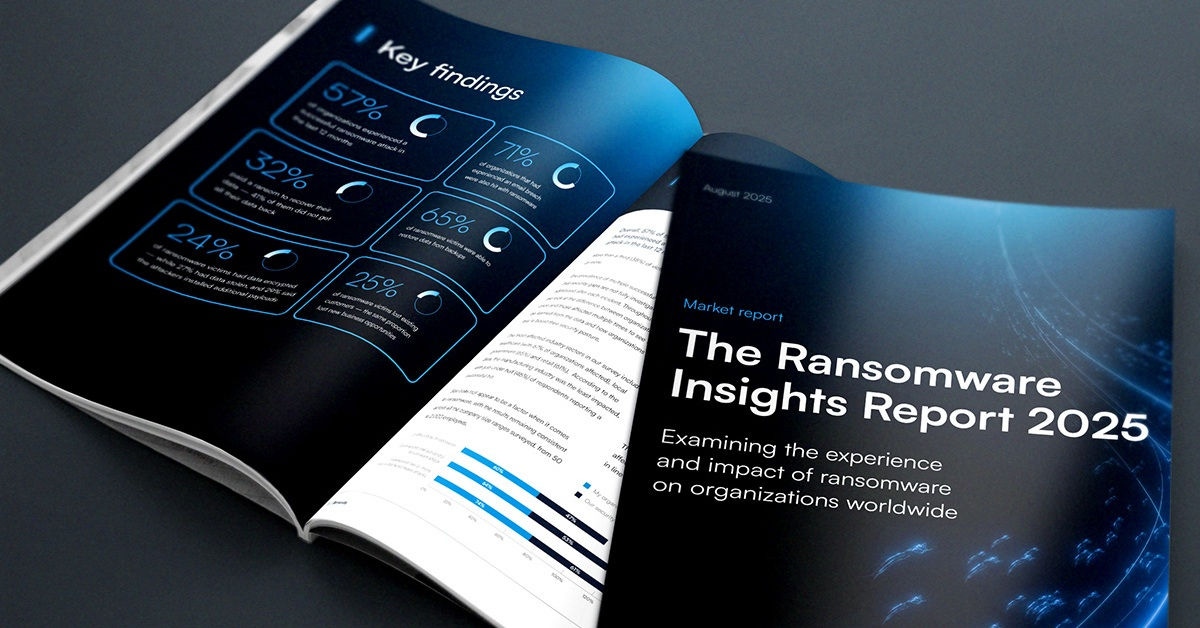
Survey shines spotlight on crucial need for immutable copies of data
A global survey of 4,042 business and technology executives conducted by PwC finds more than three-quarters (77%) of respondents expect their cybersecurity budget to increase over the next year, with 30% anticipating a 6-10% increase and 19% expecting an increase of 11% or more.
However, how effective that additional spending might be is unclear. The survey finds only 39% of respondents work for organizations that have or plan to implement cyber resiliency solutions such as immutable backups of data.
Slightly less (34%) have or plan to build a cross-functional cyber resilience team, and only 35% have or plan to define a cyber-recovery playbook. Overall, less than 42% said their organization has fully implemented any cyber resiliency technology, and only 2% said their organization has implemented a cyber resiliency plan across all areas.
Nevertheless, 38% ranked data leaks and other breaches as a major concern, with a quarter (25%) admitting this threat ranks among the challenges they are least prepared to meet. The PwC survey also notes there is a bit of a disconnect between how prepared business leaders believe their organization is to protect data (64%), compared to IT executives (54%). Similarly, many business executives identify data protection/trust as their top cyber investment priority (48%), followed by technology modernization and optimization. In contrast, cloud security is the top priority (34%) for technology executives, followed by data protection and trust (28%).
More troubling still, only 15% of respondent report their organization is measuring cyber risk even though 88% acknowledge it’s crucial to do so if they are to prioritize cyber risk investments.
Disconnect on security impact of backup and recovery
It’s not clear how much of the additional spending on cybersecurity might be allocated to next-generation backup and recovery tools and platforms that improve cyber resiliency by, among other capabilities, ensuring data can’t be tampered with by cybercriminals. One of the first things ransomware gangs routinely do before making their presence known is to make sure that as many backup files as possible are encrypted. Victims that have no other option for recovering data are then much more likely to pay a hefty price to gain access to the keys that enable them to decrypt their data.
Unfortunately, backup and recovery tasks are often managed by IT operations teams that are not always squarely focused on cybersecurity. Allocating budget dollars to modernizing data protection tools and platforms isn’t always their highest priority. Cybersecurity teams, meanwhile, will allocate their limited budget dollars to tools and platforms they specifically manage. Unless cybersecurity and IT operations are working hand in glove with one another, there is a tendency to overlook the critical role data protection plays in ensuring cyber resiliency. Instead, backup and recovery is viewed as an IT maintenance task rather than an integral component of a larger cybersecurity strategy.
Of course, there are now plenty of organizations that have learned the hard way how a more resilient approach to data protection could have thwarted a ransomware attack. Hopefully, as those painful lessons are shared with others, there may soon come a day when having a pristine copy of data is finally viewed as a task that winds up being one of the most important things any organization can do to protect itself when a ransomware attack hits.

Informe de Barracuda sobre Ransomware 2025
Principales conclusiones sobre la experiencia y el impacto del ransomware en las organizaciones de todo el mundo
Suscríbase al blog de Barracuda.
Regístrese para recibir Threat Spotlight, comentarios de la industria y más.

Seguridad de vulnerabilidades gestionada: corrección más rápida, menos riesgos, cumplimiento normativo más fácil
Descubra lo fácil que es encontrar las vulnerabilidades que los ciberdelincuentes quieren explotar.





